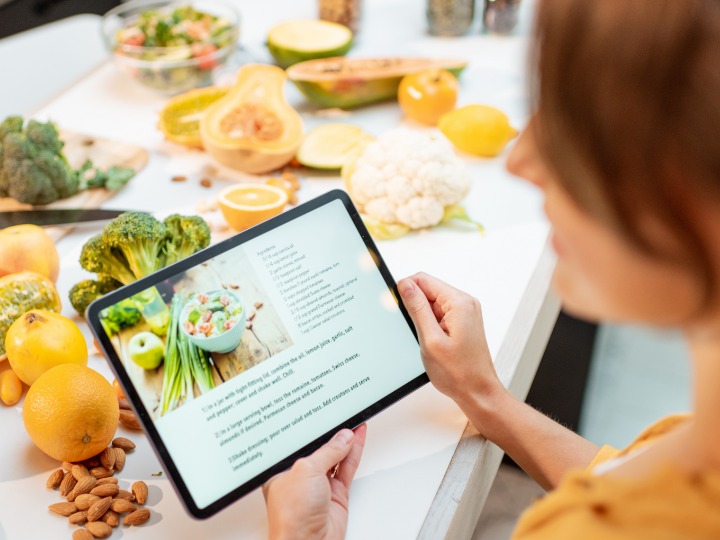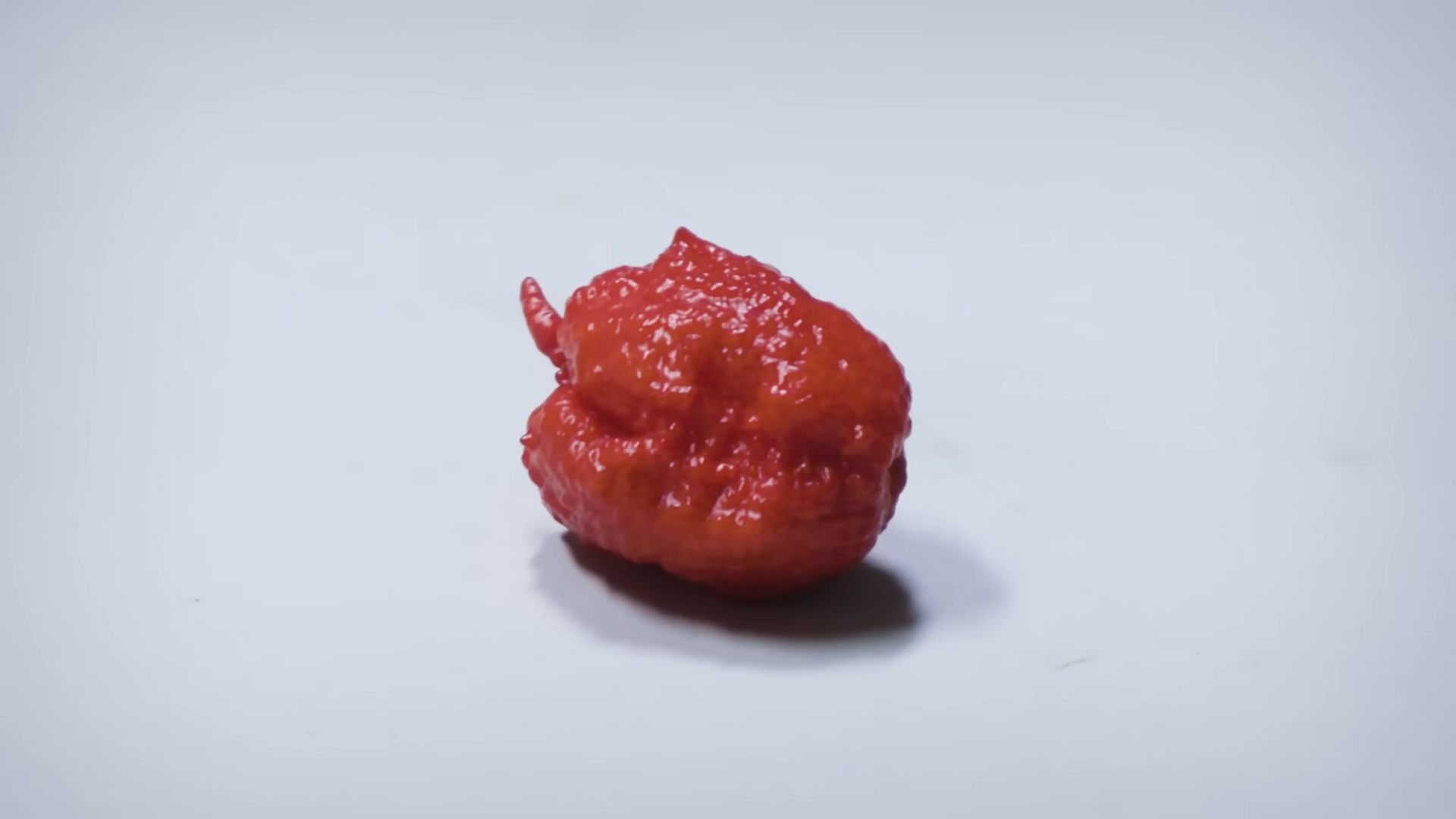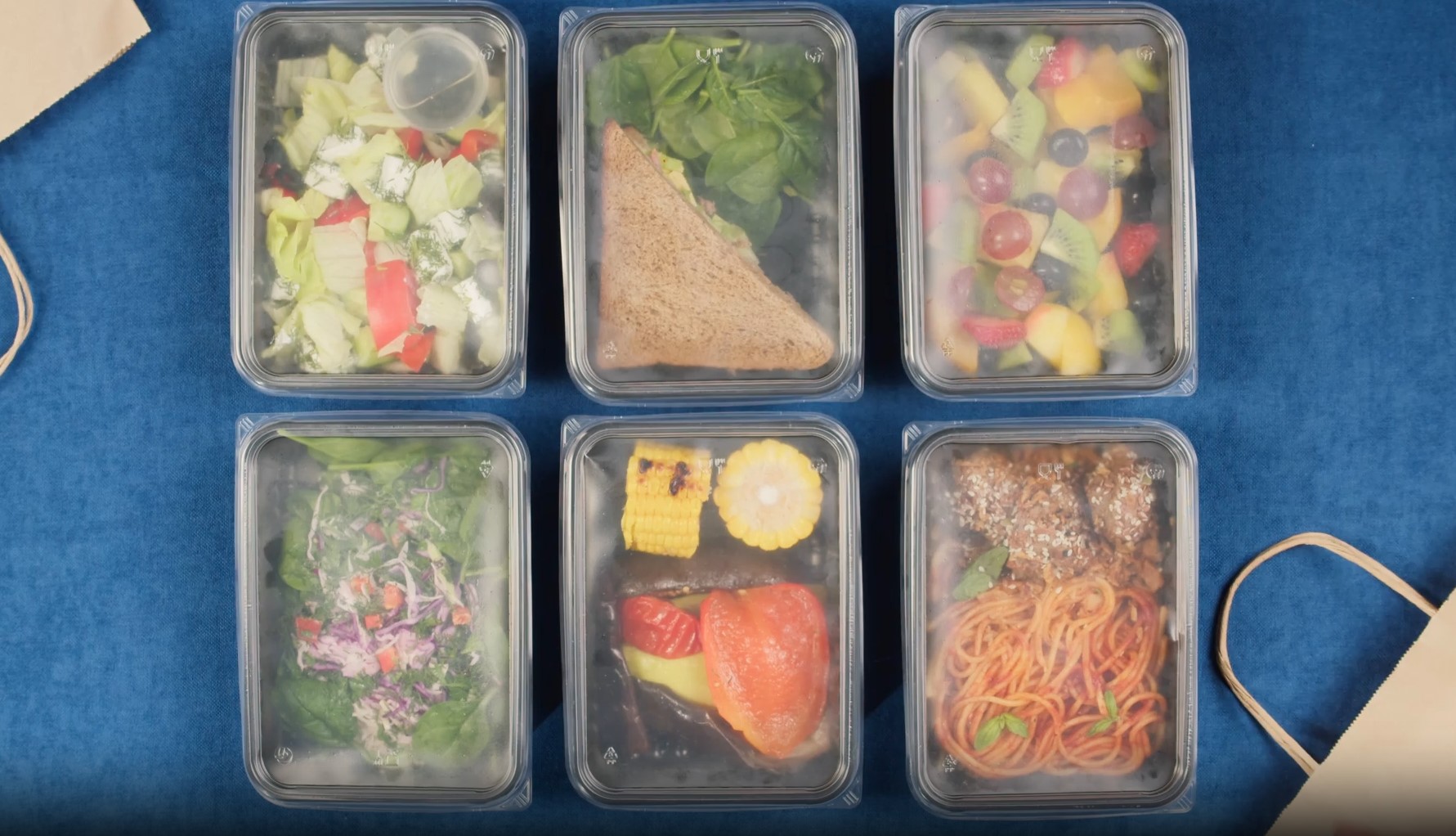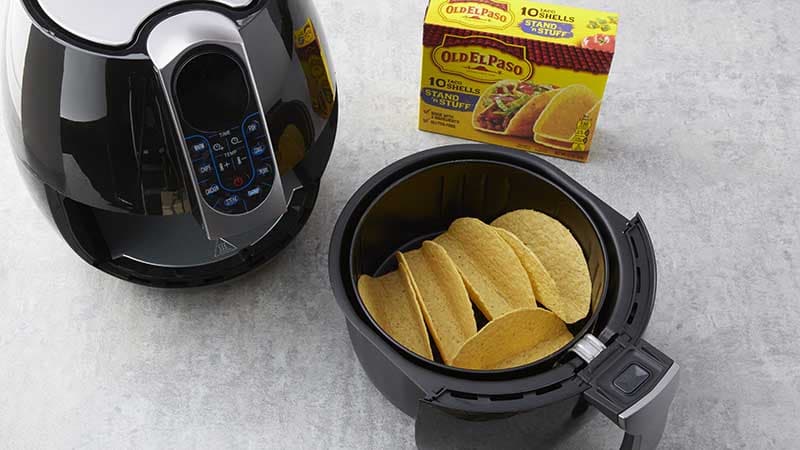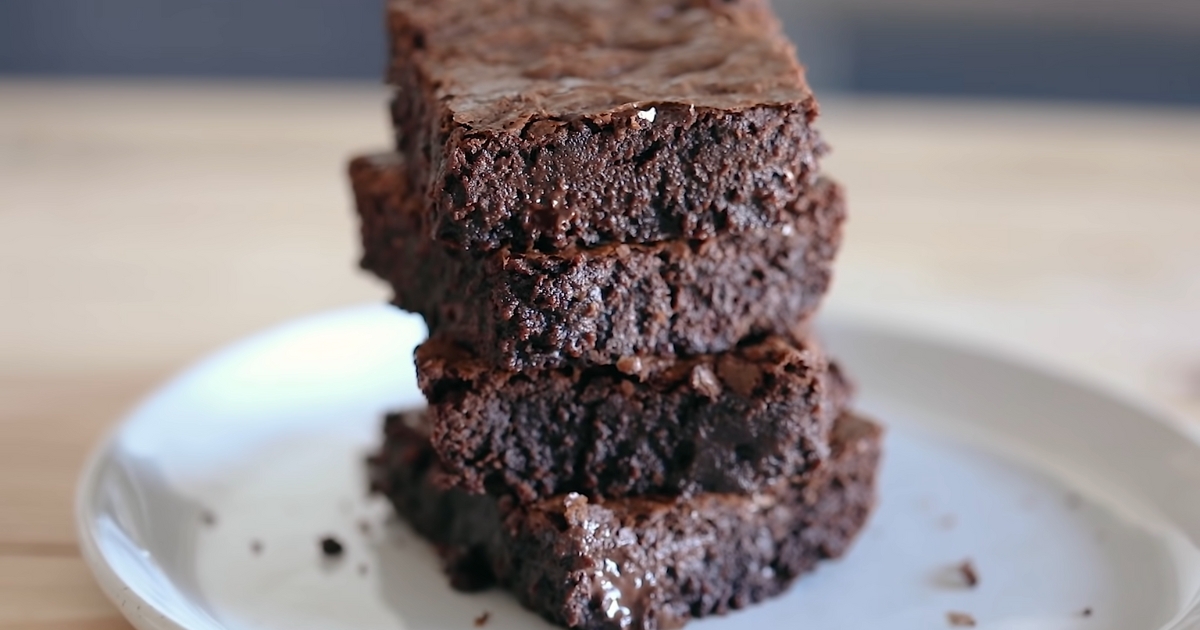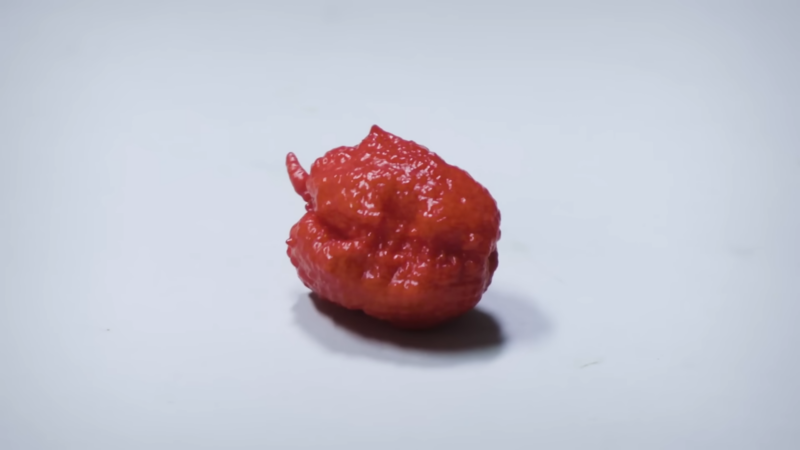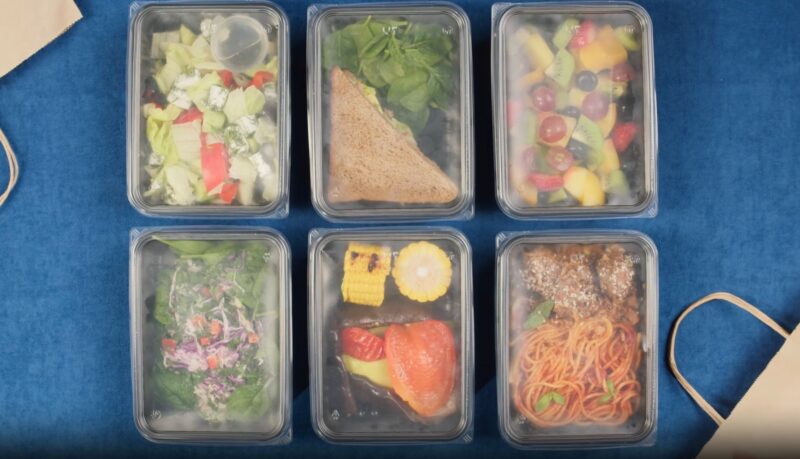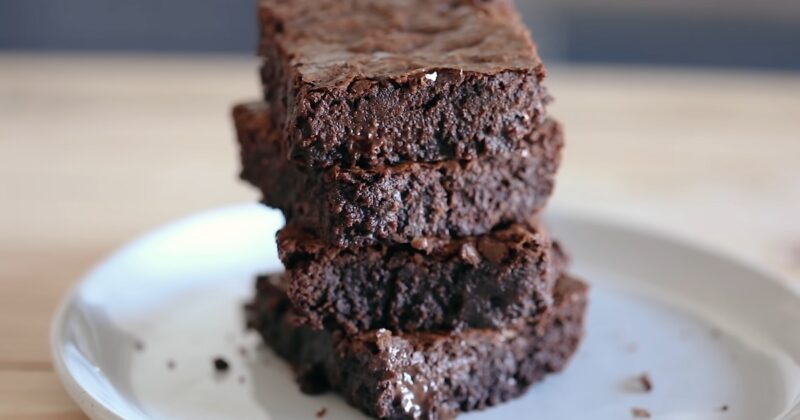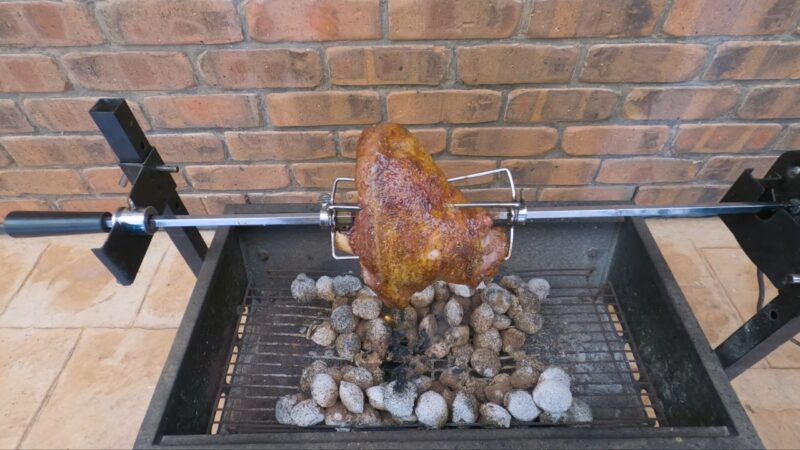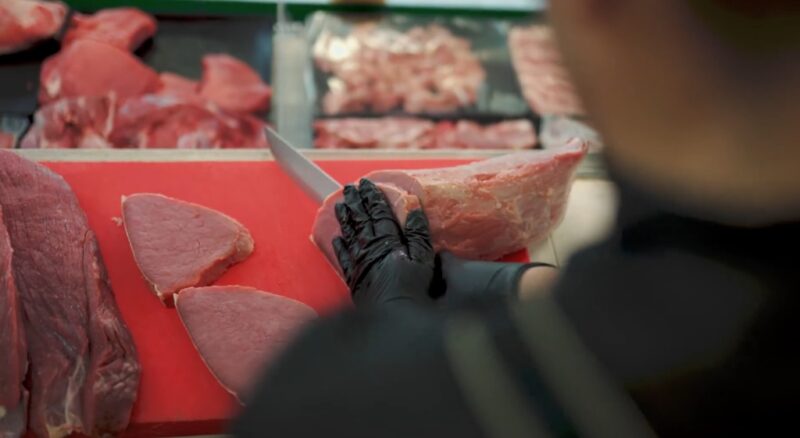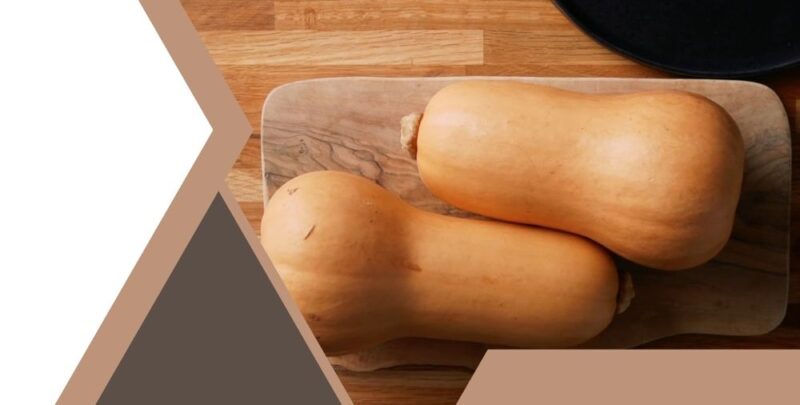
If you were to associate a scent with winter, it will probably be the smell of a lovely Christmas tree. If you’re going to attribute a sound, likely, you would immediately think of Christmas carols. However, when it comes to taste, it is the pleasing one of the butternut squash. Despite its popularity, there are so many different opinions its taste. This article will answer the question, “What does butternut squash taste like? “
For over half a century, the butternut squash has become the staple of winter meals. The butternut squash is not only known for its lovely taste but also for its numerous nutritional benefits. It can be prepared in various different ways.
Table of Contents
ToggleThe Butternut Squash is not the Only Type of Winter Squashes There Is
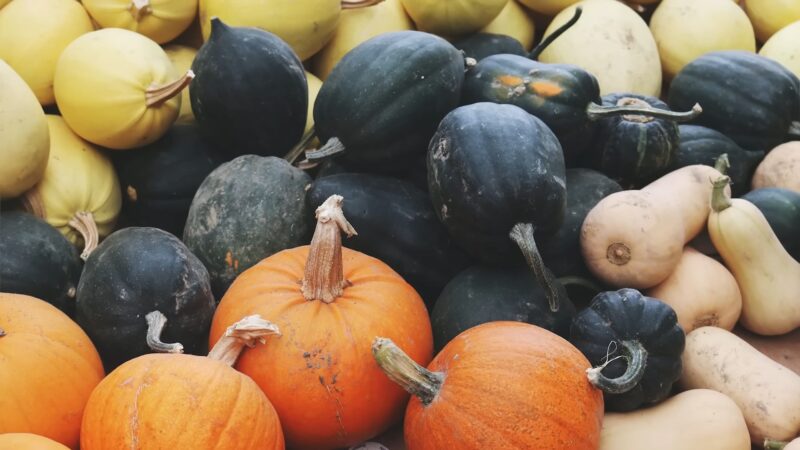
The butternut squash is not the type of popular winter squash. There are several types of winter squashes. This is one of the reasons why a lot of folks can’t really describe what a butternut squash tastes like accurately.
Before we go on to describe how the butternut squash tastes, we must differentiate it from the other fruits in the family. In this section, you will be reading a brief exposition on some of the commonest winter squashes.
- Pumpkin: Round fruit with a very firm exterior. It has vibrant orange skin with a sweet and earthy flavor.
- Banana Squash: This is a large fruit that is shaped like a banana. It has smooth skin with hues ranging from orange to pink to blue. It has a rich, sweet, and earthy flavor.
- Buttercup Squash: The buttercup squash is a thick and round fruit with green skin. It has firm orange-colored flesh. It has a sweet and creamy taste.
- Delicata Squash: Alternatively called the sweet potato squash. It is small in size with cream-colored skin and orange-yellow flesh. It tastes a lot like sweet potato.
- Kabocha: About the same size as the buttercup squash. Both fruits also have similar skin colors. However, when it comes to taste, they differ. Instead of a sweet, creamy flavor., the kabocha has a sweet, nutty taste.
- Turban Squash: This fruit is shaped like an irregular turban. It has a bumpy exterior with a hue that ranges from green to orange to yellow.
- Spaghetti Squash: This fruit has a firm cream or yellow exterior. When cooked, the insides of the fruit look like spaghetti.
- Sweet Dumpling Squash: Yellow skin. Small Fruit. The taste will remind you of corn.
- Hubbard Squash: A very large fruit with a firm skin. The color of the exterior ranges from gray to blue. It has a rich pumpkin flavor.
- Acorn Squash: The Acorn Squash is small in size. The color of the skin ranges between dark green and orange. The flesh of the fruit is orange-yellow. It has a subtle sweet and nutty taste.
The Butternut Squash
This fruit is shaped like a pear with a cream-colored rind. It has smooth orange-colored flesh and little seeds.
The butternut squash is a great source of vitamin A. One serving has all the vitamin A you need in a day. The fruit is also known to help people lose weight and prevent cancer. One serving contains 0.00318 kilograms of fat.
It is known for its ability to be an excellent antioxidant, boost the body’s immunity, and reduce inflammation. The butternut squash is also known to be a great source of vitamin C.
The Taste of The Butternut Squash
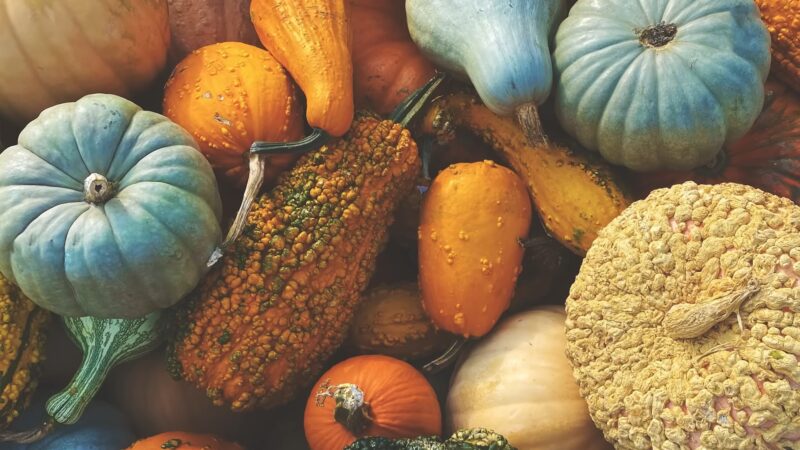
The fruit is so sweet that it has been relatively compared with butterscotch candy. It is also said to taste like carrots and turnips.
When it is cooked into a puree, a sweet potato-like taste becomes more prominent in its flavor. When made into soup, it has a slightly spicy, silky, and sweet taste. The seeds of the fruit are edible and they have a strong nutty dose. It is also said to taste a lot like the pumpkin, only that it is a lot sweeter.
All in all, the taste of butternut squash can be summarized into these three things: Sweet, Nutty, and Moist. The butternut squash can be eaten raw. However, its amazing taste comes out more when it is cooked. To get the ultimate Butternut Squash taste, roasting and sautéing are the best options thanks to what is known as the Maillard reaction.
Here are some tips you can use to enhance the taste of your butternut squash meal. You can either:
- Roast with rosemary, olive oil, and garlic,
- Before baking or grilling, season it with dark pepper,
- Mix sage-flavored oil in butternut squash ravioli or
- Add some cheese to improve the flavor
Choosing the Best of the Bunch
In the previous section, we made an effort to describe the taste of the butternut. We reached the conclusion that it has a sweet nutty and moist flavor that goes very well with aromatic spices. However, it is important to note that only the best out of the bunch provides the authentic Butternut Squash taste. In this section, I will be sharing tips on how to choose the right butternut squash.
- When you grab it, it feels a lot heavier than you expect
- The skin must be clean and clear
- It must have no bruises whatsoever
- If it has frostbite scars, do not pick it
- Check for punctures.
These guidelines may look naïve and unnecessary, but following them could be the difference between getting a tasty, satisfying, and healthy meal or otherwise.
Peeling and Seeding The Butternut Squash
A sharp knife is needed for the tough and thick butternut squash skin. You will also need a very sturdy vegetable peeler. Skinning a butternut squash can be hard work, but if you get your steps right, it can be a lot easier for you. Here are some steps to take:
- Cut away both ends
- Horizontally divide the fruit into two
- Start peeling from one extreme till you get to the round base
- Divide what you have in half
- Using a spoon, scoop out all the seeds
- Voila! You have skinned butternut squash. You can divide them into pieces based on your discretion.
Four Ways to Prepare a Butternut Squash
The way you prepare the butternut squash also goes a long way in determining how it will taste. There are so many ways to prepare butternut squash. In this section, we will discuss four of them. Once you understand them, you can experiment( and even make your own unique butternut squash dish!)
- Steam-Baking: When you steam-bake any ingredient, its nutrients are more preserved than when you use another method of food processing. You do not even need to bother cutting it up or peeling it. Just divide it into two, put it into an oven, and remove the seeds with a spoon when you are done.
- Roasting: Olive oil, thyme, cinnamon, and honey should be used to season the fruit before roasting.
- Boiling: Wash and peel the fruit first, though.
- Baking: Clean the fruit, cut in half season with dark pepper and bake at 204 degrees Celsius for 30 minutes.
Nutritional Benefits of Butternut Squash:
Butternut squash is not only delicious but also highly nutritious. It is a rich source of vitamins, minerals, and antioxidants that offer several health benefits. Here are some of the nutritional benefits of butternut squash:
- High in Vitamins: Butternut squash is an excellent source of vitamin A, providing more than 400% of the daily recommended intake in just one cup. It also contains vitamin C, vitamin E, and vitamin B6.
- Rich in Minerals: This winter squash is a good source of minerals like potassium, magnesium, and manganese, which are essential for maintaining a healthy body.
- Antioxidant Properties: Butternut squash is rich in antioxidants like beta-carotene, alpha-carotene, and lutein, which help to protect the body against free radical damage and oxidative stress.
- Low in Calories: One cup of cooked butternut squash contains only 82 calories, making it an excellent choice for those looking to manage their weight.
Different Ways to Cook Butternut Squash:
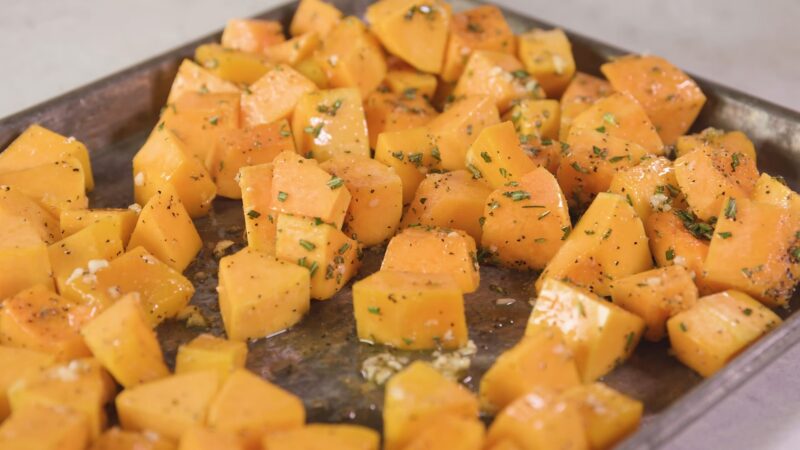
Butternut squash can be cooked in several different ways, each of which brings out its unique flavor and texture. Here are some popular methods of cooking butternut squash:
- Roasting: Roasting butternut squash is an easy and delicious way to prepare it. Simply slice the squash in half, scoop out the seeds, and roast in the oven with some olive oil and spices.
- Boiling: Boiling is another easy way to cook butternut squash. Simply peel and chop the squash, add it to boiling water, and cook until tender.
- Baking: Baking butternut squash is a great way to bring out its natural sweetness. Simply slice the squash in half, season with salt and pepper, and bake in the oven until tender.
- Steaming: Steaming butternut squash is a healthy and easy way to cook it. Simply chop the squash into small pieces and steam until tender.
How to Properly Choose and Prepare Butternut Squash:
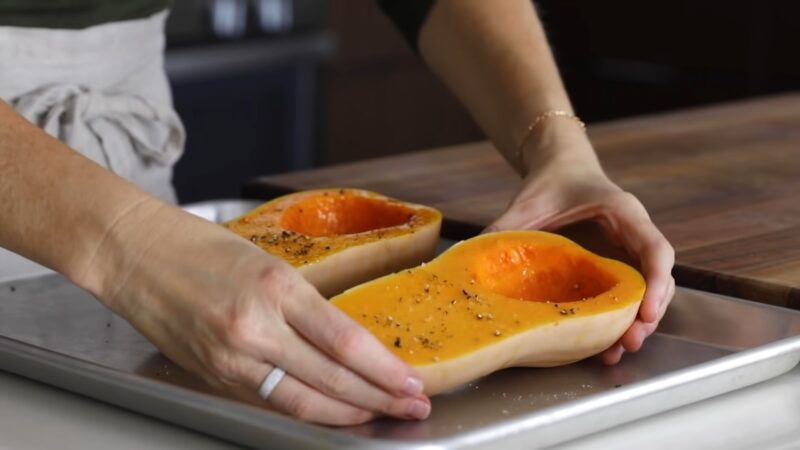
Choosing the right butternut squash is crucial to achieving the best flavor and texture. Here are some tips on how to properly choose and prepare butternut squash:
- Look for a squash with firm and smooth skin. Avoid squash with bruises or soft spots.
- Choose a squash that feels heavy for its size, indicating that it is ripe and flavorful.
- To prepare butternut squash, start by cutting off the stem and the bottom of the squash. Then slice it in half lengthwise and remove the seeds.
- To peel the squash, use a vegetable peeler or a sharp knife. Cut it into cubes or slices depending on the recipe.
- Butternut squash pairs well with a variety of herbs and spices. Some popular flavor combinations include cinnamon, nutmeg, garlic, and rosemary.
FAQ
Can I eat the skin of butternut squash?
While the skin of butternut squash is technically edible, it can be tough and difficult to digest. It is best to peel the squash before cooking or eating it.
How can I store butternut squash?
Uncooked butternut squash can be stored in a cool, dry place for several weeks or even months, depending on the temperature and humidity. Once it has been cut, it should be refrigerated and used within a few days.
Can I freeze butternut squash?
Yes, you can freeze butternut squash for later use. Simply peel and cut it into cubes or slices, blanch it in boiling water for a few minutes, then cool and transfer it to a freezer-safe container or bag. It should keep for several months in the freezer.
What are some recipes that use butternut squash?
Butternut squash can be used in a variety of dishes, such as soups, stews, curries, salads, and even desserts. Some popular recipes include roasted butternut squash with herbs, butternut squash soup, butternut squash risotto, and butternut squash mac and cheese.
Conclusion
I hope you enjoyed reading this article. More importantly, I hope that you have learned something very useful about the butternut squash. Now you know that the butternut squash has a sweet, nutty, and moist taste. The great taste only comes out when it is carefully picked and adequately processed. You can use the hints in the article to figure out how to do so.
Thanks for reading!
Related Posts:
- What Does Walleye Taste Like? Diving into the Deliciousness
- What Makes Pepper X the Hottest Chili on Earth?
- 6 Culinary Arts Scholarships 2023-24: A Taste of Success
- Enjoy Grilled Food With The 5 Best Flat Top Grill -…
- How To Reheat Frozen Tamales - Mexican Culinary Magic
- What Makes Japanese Chef Knives Special: Unveiling…


